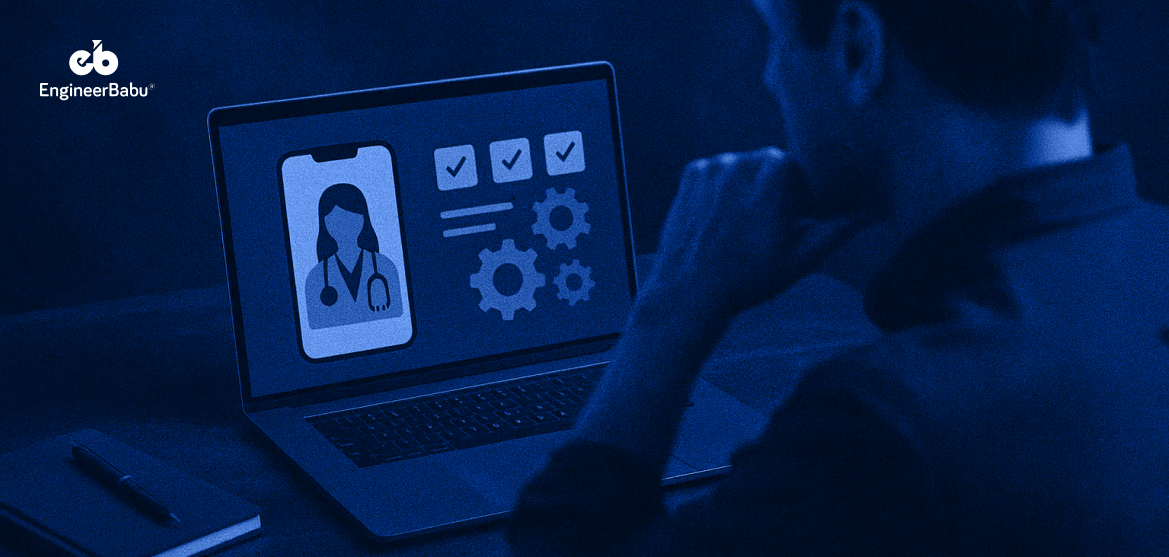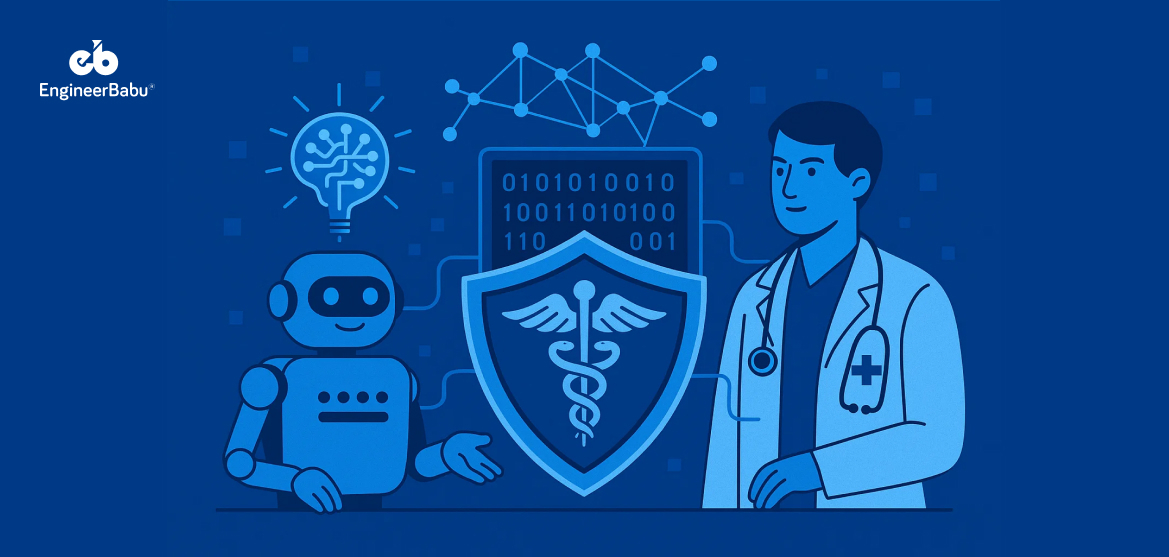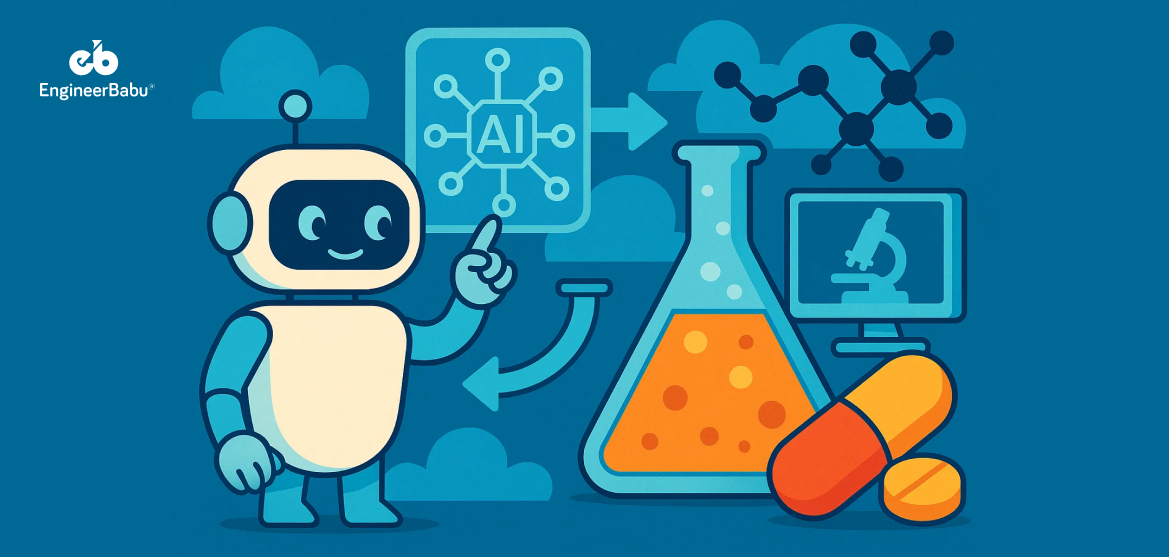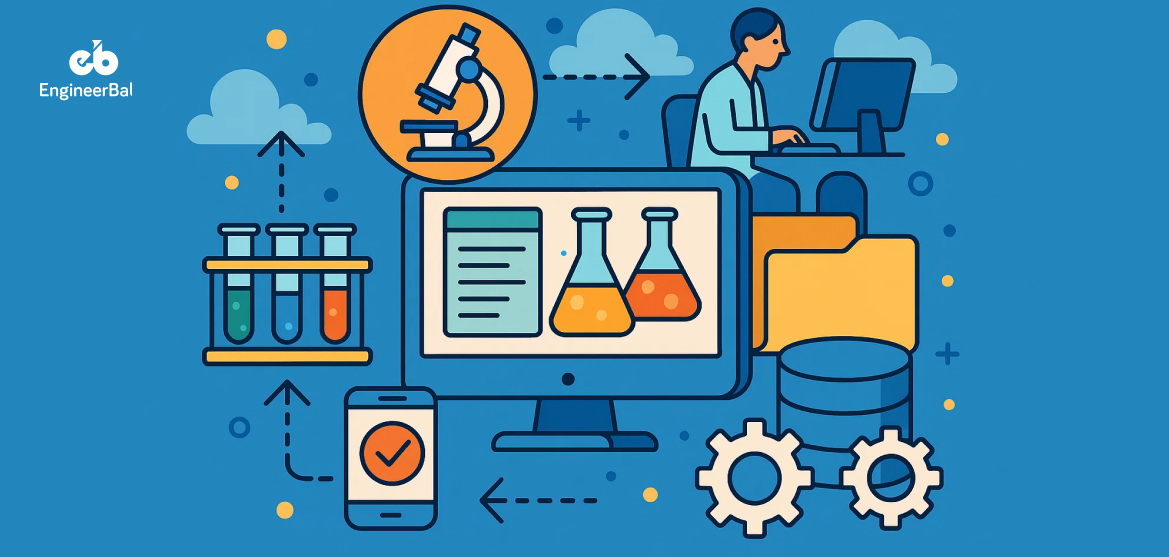Healthcare enterprises face a real challenge when outsourcing telemedicine app development: how to choose a telemedicine app development company that understands clinical workflows, compliance requirements, and system integrations, not just app design.
An impressive portfolio won’t mean much if the vendor overlooks HIPAA rules or can’t connect the app to your EHR. Poor decisions at this stage lead to expensive rewrites, missed deadlines, and apps that frustrate doctors and patients alike.
The global telemedicine market was valued at USD 141.19 billion in 2024 and is expected to grow at a CAGR of 17.55% from 2025 to 2030.
This blog covers 10 tips that will help you quickly spot vendors who can deliver secure, reliable telemedicine apps that fit into your healthcare environment.
10 Must-Know Tips to Choose a Telemedicine App Development Company
1. Define Your Requirements Before Contacting Developers
Before reaching out to any vendor, you need clarity on what you’re building. Telemedicine can cover everything from virtual consultations and remote patient monitoring to e-prescriptions and chronic care management.
What use cases are you solving for? Who will use the app—doctors, patients, administrators? What devices and platforms will they use? You should also map out the existing systems the app needs to work with, like EHRs, hospital databases, or billing platforms.
Creating clear documentation, including workflows, feature priorities, and integration points, helps developers understand the scope. It also reduces miscommunication, keeps the estimates realistic, and accelerates onboarding when development begins.
2. Look for Experience in Clinical-Grade Apps
Many app developers list “healthcare” as an industry on their website, but that doesn’t mean they’ve built enterprise-grade tools for hospitals or clinics. You want a team with real clinical product experience—products where a missed alert or API failure could impact patient care.
Ask to see specific healthcare applications they’ve delivered, especially those that handle live consultations, EHR data, or protected health information (PHI).
You should also check if they’ve worked with compliance officers or legal teams, and whether they’ve implemented systems like audit trails, appointment workflows, and structured care plans. A company with this background won’t have to “figure it out as they go.”
3. Check Compliance Literacy—Don’t Assume It
One of the most critical filters is whether the vendor truly understands healthcare compliance. If they’ve never built HIPAA-compliant apps, they’ll miss key requirements. Compliance is a series of technical and legal obligations baked into how the app handles user sessions, data storage, encryption, and third-party services.
When you are looking to hire a telemedicine app development company, ask if they encrypt data both in transit and at rest. Also, ask them about log access to PHI.
Check if they’ve worked with Business Associate Agreements (BAAs) and know which third-party tools (like Twilio, Firebase, or AWS) support HIPAA modes. A qualified team should be comfortable discussing these topics in detail.
4. Ask for Proof of System Integration Experience
Telemedicine platforms rarely work as standalone apps. They need to pull patient data from EHRs, send lab orders, push prescriptions to pharmacies, and verify insurance in real time. These integrations are complex and often require custom middleware, APIs, or adapters built to meet healthcare standards.
Look for vendors who have experience with integration protocols like HL7 or FHIR. Ask if they’ve worked with platforms like Epic, Cerner, Allscripts, or SMART on FHIR apps.
Strong candidates will be able to walk you through a data flow they built or even show you mapping files used in past projects. This isn’t a feature you want someone to learn on your budget.
5. Make Sure the Architecture Can Scale With Your Needs
It’s common to launch an MVP with limited users, but the real test is how easily the app can grow. If you’re planning to expand from a single clinic to a network or nationwide rollout, the underlying architecture needs to be scalable.
Discuss with the vendor how they build for scale.
- Do they use microservices or a modular monolith?
- Can they deploy separate environments for different facilities or regions?
- What cloud setup do they recommend for HIPAA-compliant hosting?
A vendor with enterprise experience will bring up concepts like load balancing, container orchestration (e.g., Kubernetes), and horizontal scaling without needing a prompt.
6. Review UX and Accessibility for Clinical Settings
A telemedicine app needs to be intuitive for both tech-savvy patients, elderly users and busy clinicians who may only have minutes to complete a task. The user experience must work under stress, support fast workflows, and maintain accessibility.
While hiring a telemedicine app development company check if they design around WCAG standards to support users with disabilities. Also verify how they collect UX feedback from doctors and patients.
Strong teams use prototypes to validate design decisions early, and they build flows that minimize clicks, support role-based navigation, and reduce screen clutter.
7. Investigate Their Security Practices in Depth
Security isn’t just about encrypting medical records. It includes how development environments are managed, how access is restricted, and how incidents are handled. A strong vendor will have a formal security policy and experience with audits.
Ask whether they use tools like static code analysis (SAST), conduct regular vulnerability scans, or engage third-party pentesters. Find out how they store API keys and environment variables, ideally in a secure secrets manager like HashiCorp Vault. Also, confirm that development, staging, and production environments are isolated to prevent accidental data exposure.
8. Ask About Project Management and Transparency
In enterprise healthcare, you’re likely working with multiple stakeholders: IT leads, clinicians, compliance teams, and finance. You need a partner who communicates well, documents decisions, and shares progress clearly.
Ask how they manage timelines and requirements. Do they run weekly sprints? Will you get a dedicated project manager? Do they use tools like Jira or Trello for tracking? Also, check how they handle handoffs. Will your team get full admin access to code, documentation, and APIs, or will you be locked into their services? These are critical questions that impact your ability to maintain the app long-term.
9. Look Into Ongoing Support and Monitoring
Once the app is live, real issues begin. Networks fail. APIs change. Bugs show up. That’s why post-launch support is just as important as development.
Ask what kind of monitoring they offer. Do they use application performance monitoring (APM) tools like New Relic or Datadog? Can they provide uptime dashboards and automated error alerts?
Also, ask about response times. If your app breaks on a Sunday night, will someone respond within an hour? A reliable partner will offer Service Level Agreements (SLAs), regular updates, and a clear escalation path for emergencies.
10. Don’t Just Compare Quotes—Compare Deliverables
When reviewing proposals, don’t focus only on cost. Two similar-looking quotes may include wildly different levels of detail and responsibility.
Ask for a breakdown of what’s included. Does the proposal include testing and QA? Are design, development, and deployment all handled in-house? Does it include documentation, DevOps setup, and production support? You want a transparent Statement of Work (SoW) that clearly lists milestones, delivery formats, and payment terms. A vendor that avoids this step likely has hidden costs down the line.
Conclusion
Most healthcare teams don’t get a second shot at launching their telemedicine platform. Once you roll it out to clinicians or patients, there’s no room for bugs, slow performance, or compliance gaps. That’s why choosing a telemedicine app development company is about finding a partner who understands how decisions made during development affect real-world care delivery.
If a developer misses a compliance requirement, your legal team will deal with audits. If the UX is clunky, doctors will stop using it. And if the architecture can’t scale, you’ll rebuild sooner than expected.
Use these 10 areas not as a checklist, but as a lens to evaluate how each vendor handles the complexity of healthcare. The right partner will speak your language, from HL7 mappings to clinical workflows, and build software that works the way your team actually works.
FAQs
1. What is the most important factor when choosing a telemedicine app development company?
The most critical factor is healthcare-specific experience. A company with proven success in building clinical-grade apps will understand compliance, data handling, and integration challenges unique to the industry.
2. How much does it cost to develop a telemedicine app?
Costs can range from $100,000 to $500,000 or more depending on features, integrations, compliance requirements, and support scope. Enterprise-grade apps with EHR integration and custom workflows tend to be at the higher end.
3. How long does it take to build a telemedicine app?
A minimum viable product (MVP) can take 3 to 6 months. More complex apps with advanced features, third-party integrations, and compliance checks may take 9 to 12 months or longer.
4. What compliance standards should the app meet?
At a minimum, the app should comply with HIPAA in the U.S. or GDPR in Europe. It must also align with local health authority standards, ensure data encryption, and maintain audit logs of all user activity involving PHI.
5. Is EngineerBabu a good choice for telemedicine app development?
EngineerBabu has experience delivering healthcare solutions, including telemedicine platforms tailored for clinics, startups, and healthcare enterprises. Our team has built HIPAA-compliant apps and worked on integrations with EHR systems and video consultation features.




